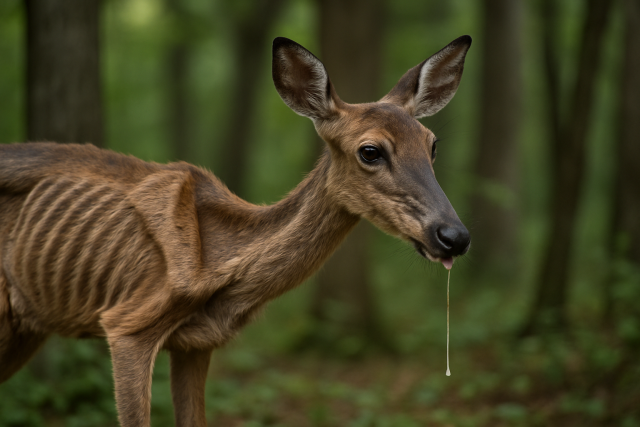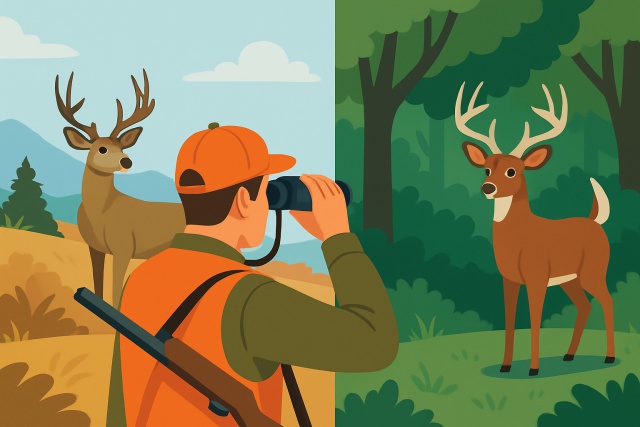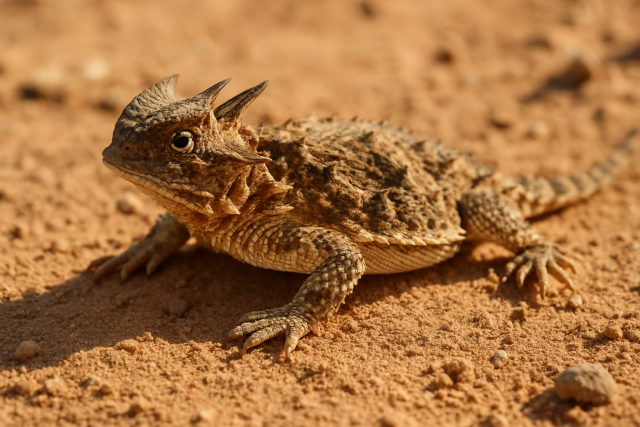National Learn About Butterflies Day Activities for Families

National Learn About Butterflies Day is a perfect excuse for families to dive into the colorful and fascinating world of butterflies together. These little winged wonders are more than just pretty faces because they play a vital role in pollination and help keep our ecosystems running smoothly.
What Exactly Is National Learn About Butterflies Day Anyway?
National Learn About Butterflies Day flies around every year on July 14th. It was created to shine a light on just how vital butterflies are to our environment—those little flutterers do a lot more than just look pretty. On this day, families and communities often join forces to learn about and truly appreciate these delicate insects. Since it first took off in the early 2000s, the day has steadily grown into a meaningful way to promote conservation.
Why Should Families Learn About Butterflies? The Educational Benefits That Make It Worthwhile
Exploring butterflies gives us a fascinating peek into nature’s intricate dance and provides families with a hands-on way to understand life cycles and pollination as well as the wonders of biodiversity.
- Dive into the fascinating adventure from caterpillar to butterfly, a transformation that never fails to amaze.
- Hone observation skills by getting up close with butterfly behaviors and their natural hangouts.
- Nurture genuine care for the environment by uncovering the vital role butterflies play in ecosystems.
- Spark curiosity and invite plenty of 'why is' and 'how is' as kids explore the wonders of nature and science.
- Encourage early STEM learning by combining biology, ecology and environmental science in a way that feels fun and meaningful.
Getting Ready for National Learn About Butterflies Day A Delightful Adventure Awaits
Getting ready really sets the stage for National Learn About Butterflies Day to be both memorable and fun. Families get the most out of this day by collecting materials ahead of time, planning hands-on activities outdoors and laying out clear learning goals
- Grab some butterfly identification guides tailored to your neck of the woods because they’re your best friend when it comes to telling one fluttery species from another.
- Scout out or plant local flora that butterflies just can’t resist since it’s like rolling out the red carpet for your winged visitors.
- Don’t forget a magnifying glass or binoculars to sneak a peek at their delicate details up close. Trust me, those tiny patterns can be downright mesmerizing.
- Keep a notebook or journal handy to scribble down your thoughts and maybe even doodle a few butterfly sketches. It’s surprisingly satisfying and keeps your brain engaged.
- Snap some photos with your camera or smartphone so you can ogle your captures later, especially when you want to impress friends without actually getting up early.
- Round up some crafting supplies for butterfly-themed art projects. Mixing creativity with learning is a win-win and honestly, it makes the whole experience stick a little more.
Outdoor Activities Families Can Enjoy Together That Bring Everyone Closer
Spending some quality time outdoors on National Learn About Butterflies Day truly amps up the learning experience by wrapping families in the beauty of natural habitats. The activities are thoughtfully designed to be both fun and safe for all ages.
Take a leisurely butterfly watching walk in your local park, garden or nature reserve. It is a great way to spot a colorful mix of species fluttering about.
Plant a cozy little butterfly garden filled with host and nectar plants to give your local butterfly buddies a place to thrive and feel right at home.
Whip up a simple butterfly feeder using natural goodies like sugar water or juicy fruit. It is like ringing a dinner bell they cannot resist.
Give a basic butterfly count a go to keep tabs on the different species and how their numbers ebb and flow. It is kind of like being a citizen scientist for the day.
Snap some photos of butterflies on the wing to later admire their patterns, colors and quirky behaviors. Capture a little winged magic.
Organize a nature scavenger hunt that revolves around finding butterflies and their plant and animal companions. This makes the outdoors a fun treasure trove for everyone involved.
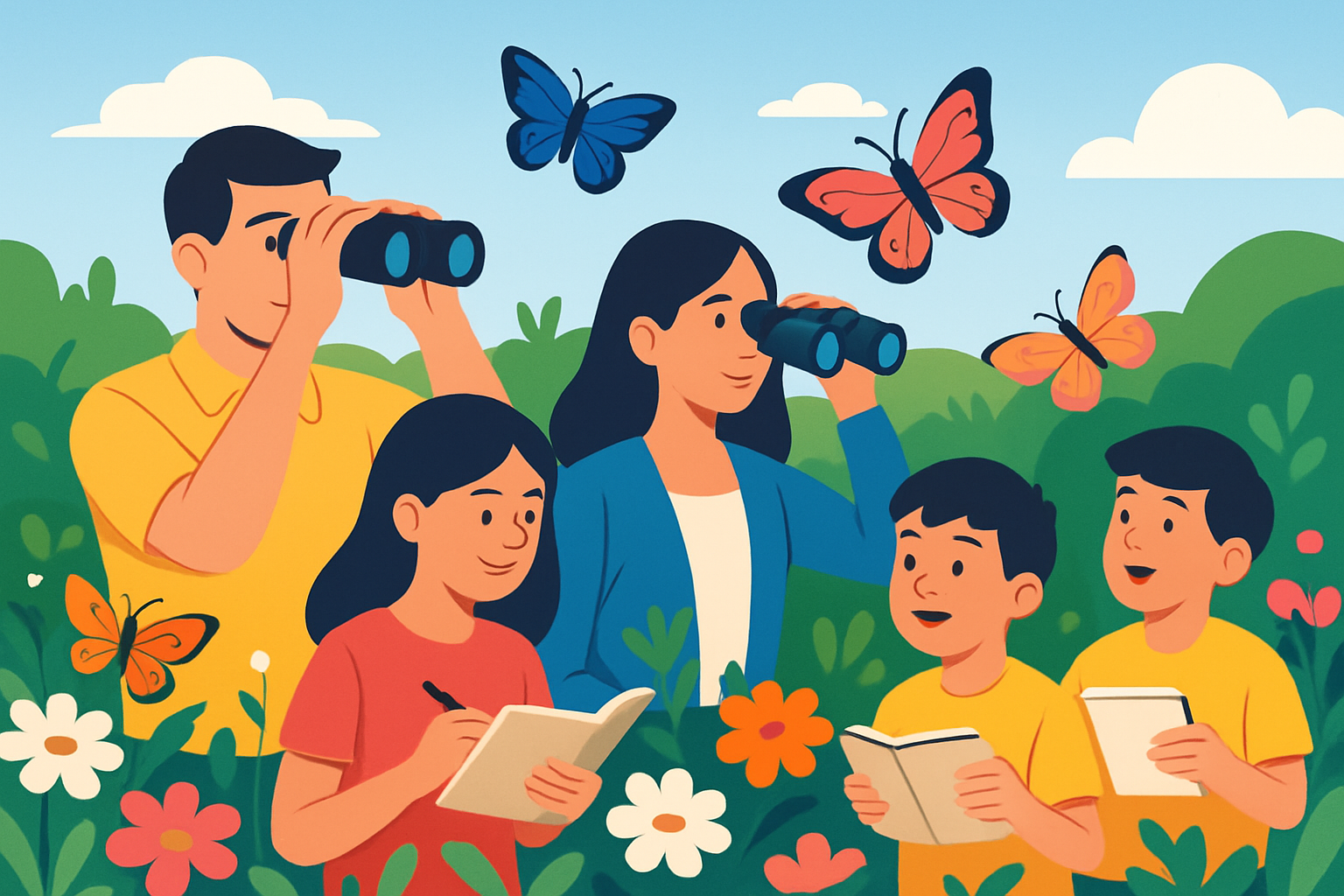
Family enjoying outdoor butterfly watching in a vibrant garden setting
Fun and Engaging Indoor Learning Activities and Crafts That Brighten Up Any Day
Indoor activities provide a fun and creative way to dive deeper into butterfly biology with plenty of hands-on opportunities. Think arts and crafts, simple science experiments and storytelling that bring the subject to life
Create 3D models that capture the different stages of a butterfly's life cycle using craft materials. It is a hands-on way to really bring those transformations to life.
Color and decorate butterfly templates to explore the wonderful variety of species and their unique wing patterns, giving each one its own personality.
Read books about butterflies that explain their ecology and conservation in a way kids can easily understand. Turning complex science into simple stories is an art in itself.
Whenever you get the chance, try metamorphosis experiments with live caterpillars so you can watch their magical transformation up close. There is something truly mesmerizing about witnessing nature's little miracles firsthand.
Use storytelling and role-playing games to make each life stage and its challenges jump off the page and feel real. It is amazing how a bit of imagination can turn learning into an adventure.
Butterfly Science Diving into Their Life Cycle and the Nooks They Call Home
Butterflies undergo a complete metamorphosis cycling through four distinct stages: egg, larva, pupa and adult.
| Species Name | Appearance | Habitat | Host Plants | Flight Season |
|---|---|---|---|---|
| Monarch | Bright orange and black wings sprinkled with delicate white spots that really catch the eye | Fields, gardens, meadows — basically anywhere the milkweed grows plentifully | Milkweed | From the heat of summer stretching into early fall, giving us plenty of time to admire them |
| Swallowtail | Striking yellow and black wings, complete with tail-like extensions that make them stand out in a crowd | Woodlands and gardens, often fluttering about with an air of elegance | Carrot, parsley, fennel | Usually showing up from spring through summer, when the gardens are at their best |
| Painted Lady | Vivid orange wings patterned with bold black and white spots, like a tiny flying piece of art | Open fields and gardens where wildflowers aren’t shy | Thistle, mallows | Around all year in warmer climates, so if you’re lucky, they never really take a break |
| Cabbage White | Plain white wings marked here and there with small black spots, unpretentious but reliable | Gardens and fields, often found where cabbages and their kin are growing | Cabbage, mustard, kale | Typically fluttering from spring right through fall, doing their thing quietly |
| Red Admiral | Black wings dramatically accented with red bands and white spots, sort of like they dressed up for a fancy party | Woodlands and parks, keeping a low profile but easy enough to spot if you look | Nettles | Seen from spring all the way through to fall, showing off when the weather’s just right |
When trying to safely identify butterflies, families often bring field guides or use handy identification apps while keeping a quiet watch to avoid startling the delicate creatures. It’s worth paying close attention to wing colors and patterns as well as little behaviors like fluttering or feeding—they really bring the experience to life.
Keeping Butterfly Learning Fun and Hands-On for Kids (Because who says science cannot be a little playful?)
Getting kids involved in National Learn About Butterflies Day clicks best when activities mix play and creativity with plenty of chances to explore.
- Include interactive games that invite kids to dive into the fascinating world of butterfly life cycles and their cozy habitats.
- Offer butterfly-themed puzzles that entertain while sharpening recognition and pattern skills.
- Encourage children to keep journals where they jot down butterfly sightings and their curious questions. This is a great way to make learning personal and memorable.
- Introduce educational apps designed to teach butterfly biology and ecology in ways that truly grab their attention and hold it.
- Share storytelling sessions centered on nature which are perfect for sparking imagination and deepening that all-important understanding.
- Inspire kids to create photos and artwork inspired by butterflies so they can build a heartfelt connection with these fluttering wonders.
Tips for Creating a Butterfly Garden Your Family Will Actually Enjoy (Yes, Even the Kids!)
Building a butterfly garden can be a wonderfully rewarding project for the whole family to dive into together. If you pick native plants and plan your layout carefully you will be handing butterflies a little slice of heaven with food, shelter and water all in one cozy spot.
Look for native host plants that caterpillars actually chow down on to support the full butterfly lifecycle—it’s like setting the table just right for your tiny guests.
Design your garden with sunny spots and windbreaks plus plants at varying heights to create a welcoming butterfly hangout that feels just right.
Establish a watering routine that offers shallow sources like puddles or moist sand where butterflies can casually stop by for a drink—it’s their version of happy hour.
Steer clear of pesticides and chemical fertilizers to keep the space safe for butterflies and other hardworking pollinators.
Toss in features butterflies tend to enjoy such as flat stones for basking in the sun and cozy sheltered nooks to rest their wings.
Keep an eye out and jot down which butterfly species pay regular visits so you can see how well your garden is rolling out the welcome mat for local wildlife.
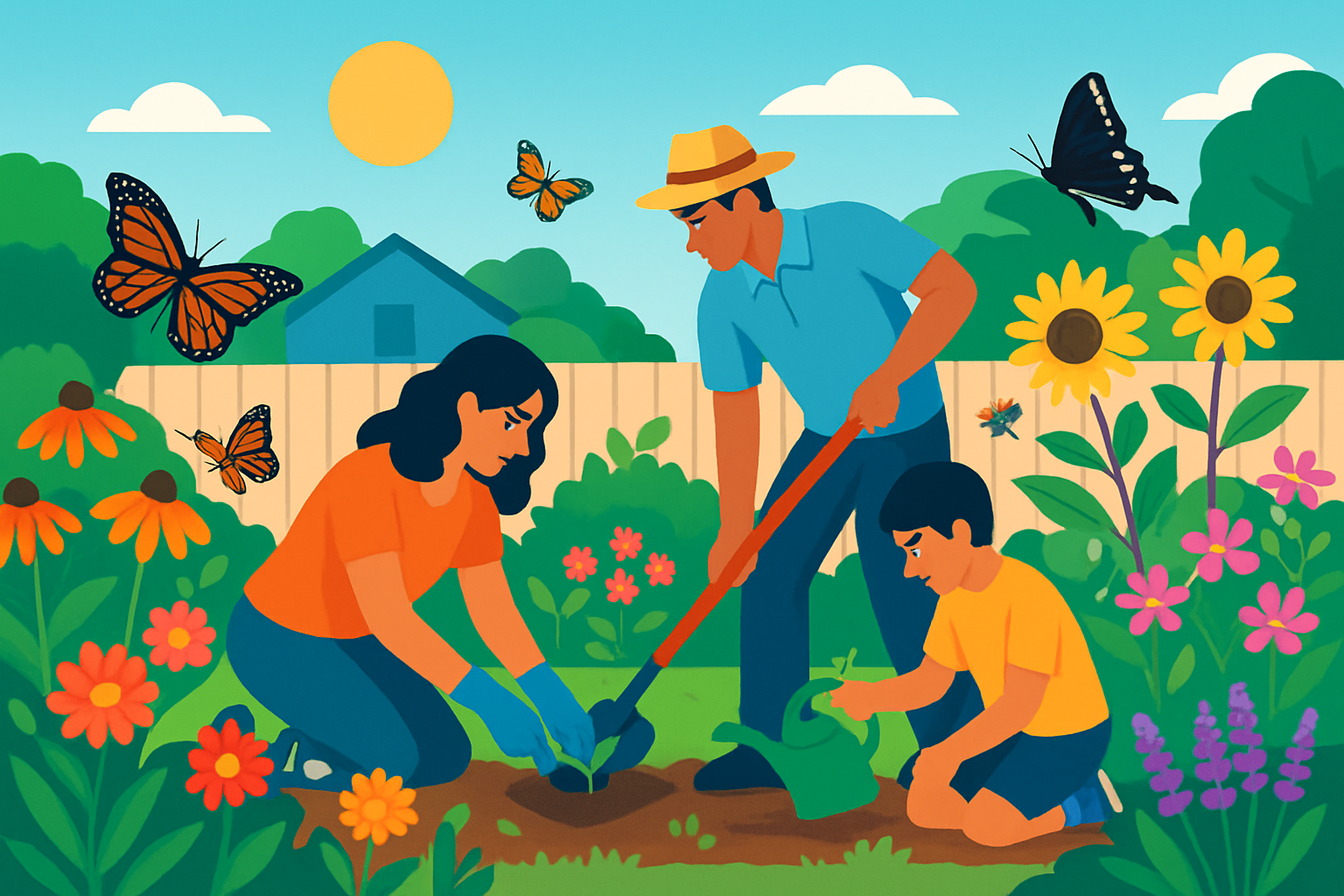
A family tending to a flourishing butterfly garden teeming with native flowers and butterflies
Handy Resources and Tools to Dive Into the Wonderful World of Butterflies
There are loads of great resources for families eager to keep the butterfly adventure going long after National Learn About Butterflies Day has fluttered by. From books and apps to local programs these tools are packed with helpful tidbits designed to spark curiosity and inspire some hands-on feel-the-magic learning moments.
- Butterfly field guides packed with detailed species profiles and handy identification tips crafted for different regions—perfect for those moments when you’re out there wondering what’s fluttering by.
- Citizen science programs that invite families to pitch in by recording butterfly sightings and turn a simple walk into a small but meaningful conservation mission.
- Butterfly watching apps that help you snap an ID with photo tools and sneak in some neat educational tidbits.
- Online videos and documentaries that dive deep into butterfly biology and conservation, ideal for days when you want to cozy up and truly geek out on these lovely creatures.
- Visits to nearby nature centers and butterfly conservatories that often feature expert-led tours—a treat to hear the insider stories firsthand.
- Social media groups and forums buzzing with enthusiasts who love to swap photos and share tips, making the butterfly-watching hobby feel like a friendly neighborhood hangout.
Celebrating Throughout the Year and Keeping Butterfly Learning Alive Long After One Day
Families can nurture a lasting love for butterflies by weaving observation and care into their everyday routines, especially on National Learn About Butterflies Day.
- Keep a close watch on those seasonal shifts by tracking butterfly populations during their migration and breeding seasons. It’s like following old friends on their annual journey.
- Nurture and expand your butterfly garden to provide a steady home and plenty of snacks for your fluttery visitors.
- Join yearly butterfly counts or conservation efforts because it’s a great way to chip in and help science piece together the bigger picture.
- Back pollinator-friendly initiatives in your neighborhood to protect the delicate habitats these beauties rely on.
- Get creative with seasonal butterfly-themed decorations and crafts. It is a lovely way to celebrate nature’s ever-changing rhythms.
- Pass along what you’ve learned and your own butterfly tales to friends, neighbors and schools. It might just spark a few more butterfly enthusiasts.
Frequently Asked Questions
What are the easiest butterfly species for beginners to identify?
Monarchs, Swallowtails and Painted Ladies usually steal the spotlight for beginners thanks to their bold colors and unmistakable patterns. Using a regional field guide or an app to check wing markings and behaviors can really take the guesswork out of it. Plus these friendly butterflies love to visit gardens often so spotting them feels like nature’s version of an open house.
Can we celebrate National Learn About Butterflies Day without a backyard?
Absolutely. You don’t need your own patch of grass to join in the fun. Local parks, community gardens or nature centers are great butterfly hangouts. If you’re more of an indoor enthusiast, crafts, life cycle models or virtual butterfly exhibits can keep the spirit alive. Even a humble window box with some nectar plants can invite passing butterflies.
How long does it take to create a family-friendly butterfly garden?
You can get a simple garden up and running over a weekend by potting nectar and host plants. For those with bigger spaces, it usually takes a week or two to prep the soil and settle the plants comfortably. Butterflies might drop by within days like surprise guests but a truly buzzing thriving garden tends to need a few months to really hit its stride as the plants grow and invite more species.
Are store-bought butterfly kits with live caterpillars ethical?
Kits from trustworthy conservation-minded sellers generally sit on the ethical side especially when native species and clear care instructions are involved. Steering clear of non-native butterflies is smart to keep local ecosystems happy. A good tip is to release adults as soon as they emerge and complement your experience by observing wild butterflies to support natural populations in the long run.
What’s the best time of day for butterfly watching?
Mid-morning to early afternoon, roughly 10am to 2pm, is usually the sweet spot when it’s warm and butterflies are buzzing about. Rainy or blustery days definitely aren’t their jam. Early mornings can be a quiet treat too as you might catch butterflies basking in the sun warming their wings before the day kicks off.
How can we protect butterflies after the celebration ends?
Keep steering clear of pesticides, plant native species and maybe dip your toes into citizen science projects like butterfly counts. Supporting pollinator-friendly spots around your neighborhood goes a long way. Sometimes the smallest things like leaving fallen fruit out or providing a shallow water source can quietly work wonders year round.


